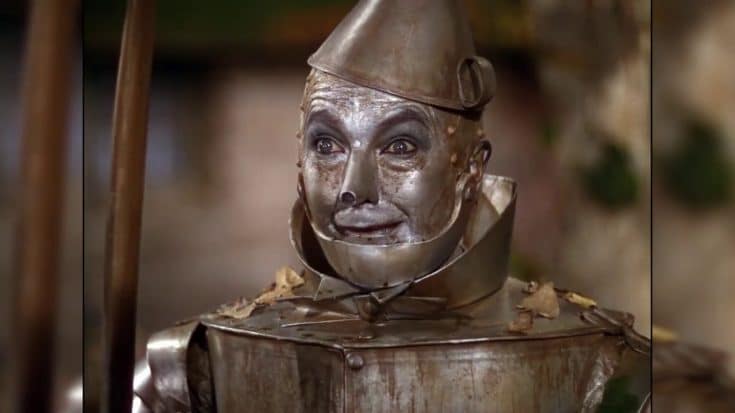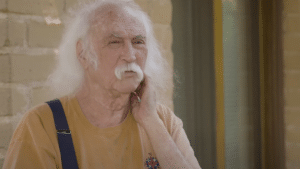The Literally Toxic Filming Of ‘The Wizard Of Oz’

via Facts Verse / Youtube
Hollywood’s golden age wasn’t always golden for those working behind the scenes. Take the filming of The Wizard of Oz in 1939, for instance. Director Victor Fleming, a perfectionist with a short temper, wasn’t about to let safety get in the way of his vision.
The cast and crew found themselves facing a nightmarish scenario – a whimsical movie filmed in shockingly dangerous conditions.
One might think falling snow in a poppy field sounds harmless, but not on this set. The “snow” was actually pure asbestos, a known carcinogen. This wasn’t an isolated incident. Asbestos, along with other hazardous materials, permeated the costumes as well.
The Wicked Witch’s iconic broom and the Scarecrow’s outfit were laced with deadly fibers. The actors were unknowingly putting their health at risk with every scene filmed.
Tin Man in toxic trouble
The Tin Man costume wasn’t just cumbersome, it was downright dangerous. Buddy Ebsen, originally cast in the role, suffered a severe allergic reaction to the aluminum dust used to create the metallic sheen. This reaction landed him in the hospital, forcing him to leave the production entirely.
Ironically, Ebsen’s singing voice can still be heard in the film during “We’re Off To See The Wizard”, a remnant of his short-lived time as the Tin Man. The aluminum dust was replaced with a supposedly safer aluminum paste, but this wasn’t a perfect solution either.
Jack Haley, Ebsen’s replacement, developed an eye infection from the paint and filming had to be stalled. Thankfully, the paint didn’t cause any lasting harm and Haley went on to portray the Tin Man we all know and love.
Unfortunately, the costume problems on Oz didn’t stop there. Bert Lahr, who played the Cowardly Lion, found himself wrestling with a different kind of discomfort. His costume was crafted from real lion skin, making it incredibly heavy and hot. Given the intense heat from studio lighting, Lahr faced a very real risk of overheating while in character.
A production mishap that nearly killed the Wicked Witch
The magical world of Oz wasn’t without its real-life dangers, especially when it came to pyrotechnics. Margaret Hamilton, the unforgettable Wicked Witch of the West, found herself in a terrifying situation. During the scene where the Witch disappears from Munchkinland in a fiery display, a malfunctioning trapdoor caused a horrific accident.
Hamilton sustained second and third-degree burns on her face and hands. The green makeup used for the role, which could only be removed with alcohol, further aggravated her injuries. Recovering took six weeks, and upon returning to set, Hamilton refused to do any more scenes involving fire.
Unfortunately, the fire hazards didn’t stop there. Betty Danko, Hamilton’s stunt double, stepped in for the next fiery scene: the iconic “Surrender Dorothy” written across the sky. This scene also went disastrously wrong. Danko was positioned on a metal pipe filled with combustible materials, meant to create smoke.
The pipe exploded, leaving her with severe burns on her legs and requiring an 11-day hospital stay. Despite these incidents, the studio remained determined to capture the scene. A third actress, Aline Goodwin, was brought in to complete the fiery skywriting sequence.
The teen lead under pressure
Landing the role of Dorothy wasn’t the only pressure Judy Garland faced. Though not the initial choice (studio execs preferred the younger Shirley Temple), Garland, at 16, found herself subjected to a grueling regime to maintain a childlike appearance.
This included uncomfortable physical restrictions like binding her chest and wearing a tight corset. On top of that, Garland was put on a starvation diet by the studio.
This highly questionable plan consisted solely of chicken soup, black coffee, and cigarettes, with diet pills thrown in for “good measure”. To further complicate matters, the studio used a combination of adrenaline shots to keep her energized during filming and sleeping pills at night to ensure she could rest.
Sadly, this wasn’t an unfamiliar territory for Garland, as her own mother had given her similar stimulants during her early performances as a child.











